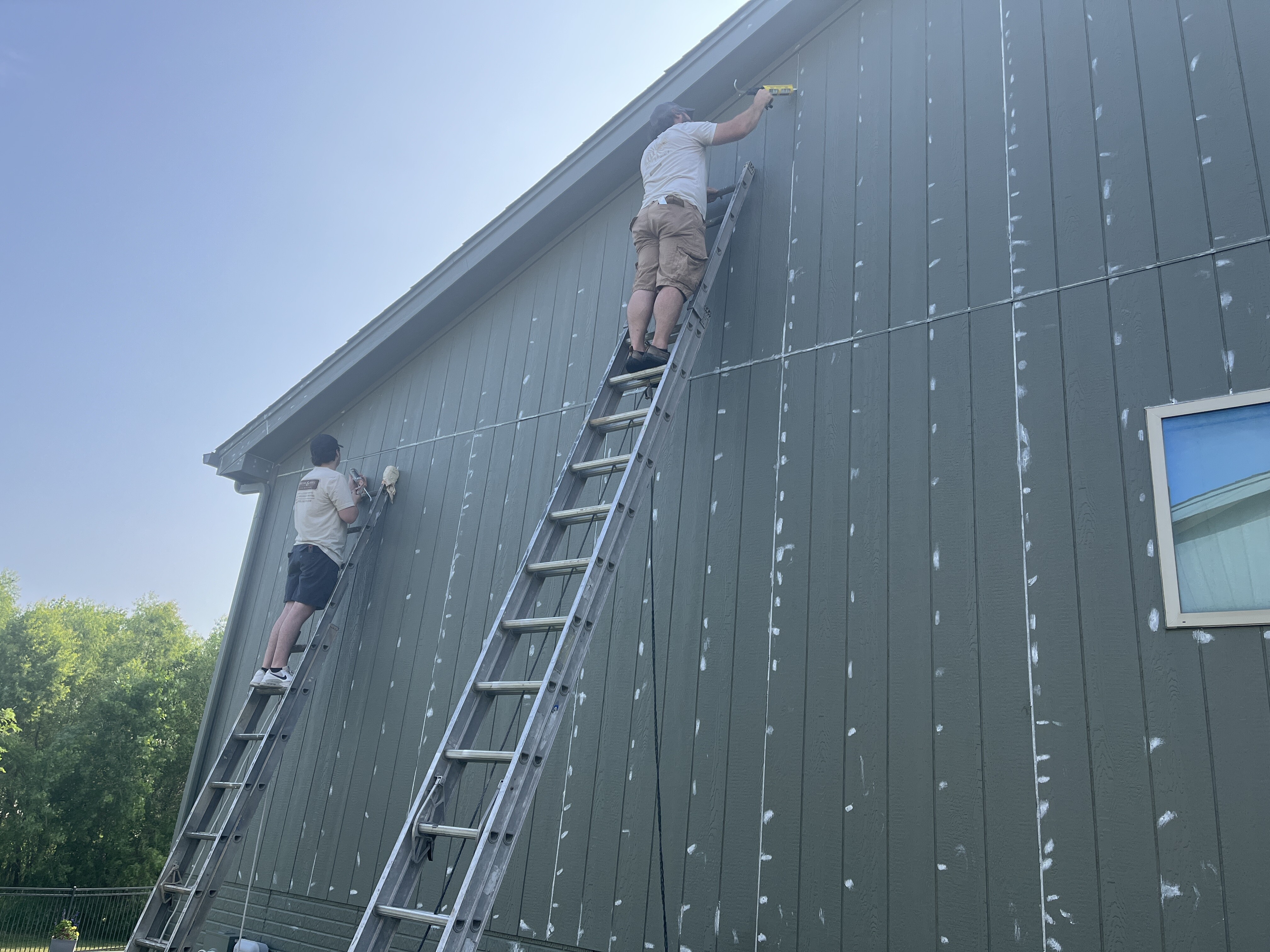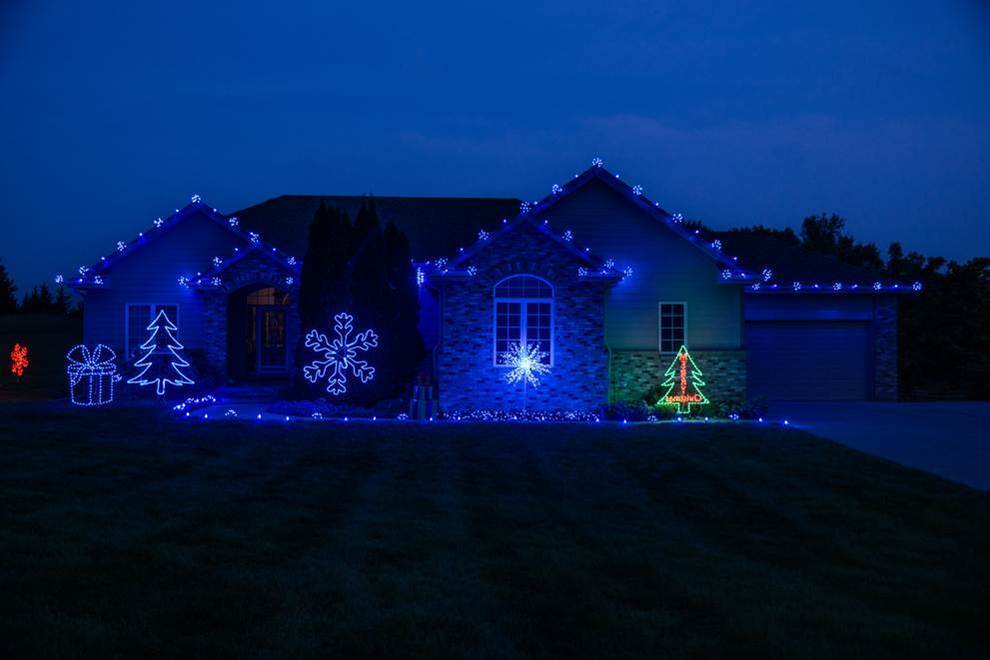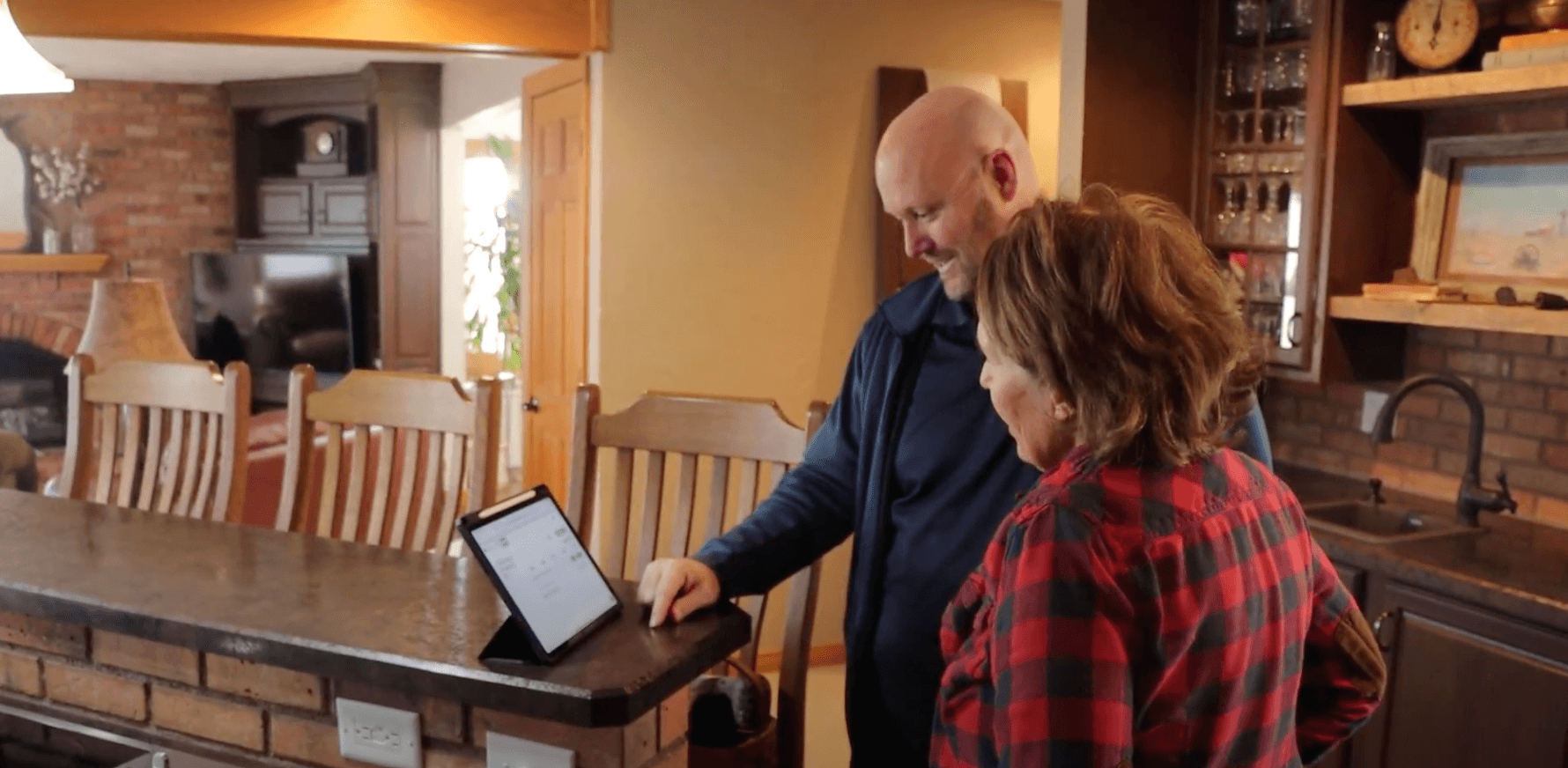Top 6 Critical Areas For Exterior Home Caulking
April 29th, 2024
4 min read

Are you feeling overwhelmed by the prospect of caulking your home's exterior before starting a painting project? Perhaps you're worried about making mistakes or choosing the wrong type of caulk, leading to ineffective seals and potential damage down the line.
You may be concerned about the time, and effort involved in caulking every nook and cranny, wondering if it's worth the investment.
As trusted experts in home exterior painting since 1996, Brush & Roll Painting in Omaha, NE understands the importance of thorough preparation in achieving lasting results. With our commitment to high-quality prep work and the use of premium products, we've honed our expertise in identifying and addressing problem areas around the exterior of homes.
By reading this article, you'll have a clear understanding of the essential areas that need to be caulked before embarking on your exterior painting project.
1. Caulk Exterior Windows and Doors

Windows and doors are common entry points for moisture, drafts, and pests if not properly sealed. Caulking around the perimeter of window and door frames helps create a tight seal, preventing water from seeping into the walls and causing damage.
Additionally, caulking around windows and doors helps improve energy efficiency by reducing air leaks, which can lead to higher heating and cooling costs. By sealing these areas with caulking, you not only protect your home from the elements but also enhance its overall comfort and energy efficiency.
2. Caulk Exterior Trim and Molding

Trim and molding add architectural detail and visual appeal to your home's exterior, but they can also be prone to gaps and cracks where moisture can get stuck.
Caulking along the seams where trim meets siding or other surfaces helps create a seamless and weather-resistant barrier, preventing water damage and preserving the integrity of the trim.
Proper caulking of trim and molding ensures a clean and polished look for your exterior paint job while providing essential protection against the elements.
3. Caulk Exterior Siding Joints and Corners
 Siding joints and corners are vulnerable areas where water can infiltrate and cause rot, mold, and other structural issues over time. Caulking along the seams where siding panels meet and at the corners of your home helps seal out moisture and prevent water intrusion.
Siding joints and corners are vulnerable areas where water can infiltrate and cause rot, mold, and other structural issues over time. Caulking along the seams where siding panels meet and at the corners of your home helps seal out moisture and prevent water intrusion.
It's essential to use a flexible and weather-resistant caulk that can withstand the expansion and contraction of the siding material due to temperature changes. By properly caulking siding joints and corners, you can safeguard your home's exterior against water damage and prolong its lifespan.
4. Caulk Foundation Cracks on Exterior
 The foundation is the backbone of your home, and any cracks or gaps in its structure can lead to significant problems if left unaddressed.
The foundation is the backbone of your home, and any cracks or gaps in its structure can lead to significant problems if left unaddressed.
Caulking along foundation cracks helps prevent water from seeping into the basement or crawl space, reducing the risk of moisture-related issues such as mold growth and foundation damage. It's crucial to use a durable and waterproof caulk designed for foundation repair to ensure a long-lasting seal.
By caulking foundation cracks, you can protect the structural integrity of your home and maintain a healthy indoor and outdoor environment.
5. Caulking Nail Holes

Nail holes are tiny openings, often overlooked, and can lead to significant problems if left untreated. One of the primary reasons for caulking nail holes is to prevent moisture infiltration. These holes provide pathways for water to seep into the structure of your home, which can lead to rot, mold, and other water-related damage over time. By caulking nail holes, you create a barrier that effectively blocks moisture from entering, thus safeguarding your home against potential structural issues.
Beyond moisture infiltration, caulking nail holes also plays a crucial role in maintaining energy efficiency. These small openings can contribute to air leaks, allowing heated or cooled air to escape and forcing your HVAC system to work harder.
By sealing these air leaks with caulk, you can improve the energy efficiency of your home, potentially reducing heating and cooling costs in the long run.
6. Exterior Utility Fixtures & Outlets
 Exterior utility fixtures, such as pipes, vents, and electrical outlets, create openings in your home's exterior where water and pests can enter if not properly sealed. Caulking around these areas helps create a watertight seal, preventing leaks and minimizing the risk of water damage inside your home.
Exterior utility fixtures, such as pipes, vents, and electrical outlets, create openings in your home's exterior where water and pests can enter if not properly sealed. Caulking around these areas helps create a watertight seal, preventing leaks and minimizing the risk of water damage inside your home.
Additionally, sealing exterior utility penetrations with caulking helps improve energy efficiency by reducing drafts and air leaks. Make sure to use a weather-resistant caulk that can withstand exposure to the elements and temperature fluctuations for optimal performance.
Where Not to Use Caulk on Exterior of Home
1. Wood Expansion Joints: Avoid caulking along wood expansion joints, such as where siding boards meet, as caulking can inhibit natural movement and lead to cracking or warping of the wood over time. Instead, use a flexible sealant specifically designed for use in expansion joints to allow for movement without compromising the seal.
2. Brick or Stone Veneer: Caulking over brick or stone veneer can trap moisture behind the facade, leading to deterioration and discoloration of the masonry. It's best to leave gaps between the veneer and adjoining surfaces to allow for proper ventilation and drainage.
3. Roof Flashing: While it's important to seal around roofing vents, such as chimneys and vent pipes, avoid caulking over roof flashing. Caulking over roof flashing can interfere with its function and lead to water leaks. Instead you should use flashing tape or cement to secure and seal roof flashing for optimal performance.
4. Weep Holes: Weep holes are small openings designed to allow moisture to escape from behind siding or masonry materials. Caulking over these holes can prevent proper drainage and ventilation, leading to moisture buildup and potential damage. Ensure that weep holes remain open and unobstructed to maintain the integrity of your home's exterior.
Areas To Caulk On Your House
It can be overwhelming to see all the areas on the exterior of your home that need to be caulked. Caulking itself can be a daunting task for the exterior of your home, so you may consider a larger investment for hiring a professional.
No matter the number of areas that need to be caulked, caulking is a crucial step in preparing your home's exterior for painting, as it helps seal gaps and cracks to prevent moisture infiltration and maintain the integrity of your home's structure.
You can ensure a professional-looking finish and protect your home from damage by focusing on key areas such as windows and doors, trim and molding, siding joints and corners, foundation cracks, and exterior utility penetrations.
Brush & Roll Painting is a high-quality exterior home painter in Omaha. We believe any exterior painting project is only as good as the prep, so our pricing always includes areas that need to be caulked to ensure your home is sealed, protected, and properly prepared for a fresh coat of paint.
To confidently check off every phase of your exterior painting project as you go, download your checklist now.
Kaylea is the Brush & Roll Painting Content Manager. Kaylea is a Journalism and Media Communications summa cum laude graduate with a minor in Marketing from the University of Nebraska at Omaha. Kaylea manages the marketing for Brush & Roll Painting.
Topics:

















-Jul-23-2025-02-21-33-5468-PM.png?width=800&height=418&name=Blog%20Post%20Image%20Size%20(2)-Jul-23-2025-02-21-33-5468-PM.png)




-Oct-22-2025-01-39-19-5208-PM.png?width=800&height=418&name=Blog%20Post%20Image%20Size%20(1)-Oct-22-2025-01-39-19-5208-PM.png)


